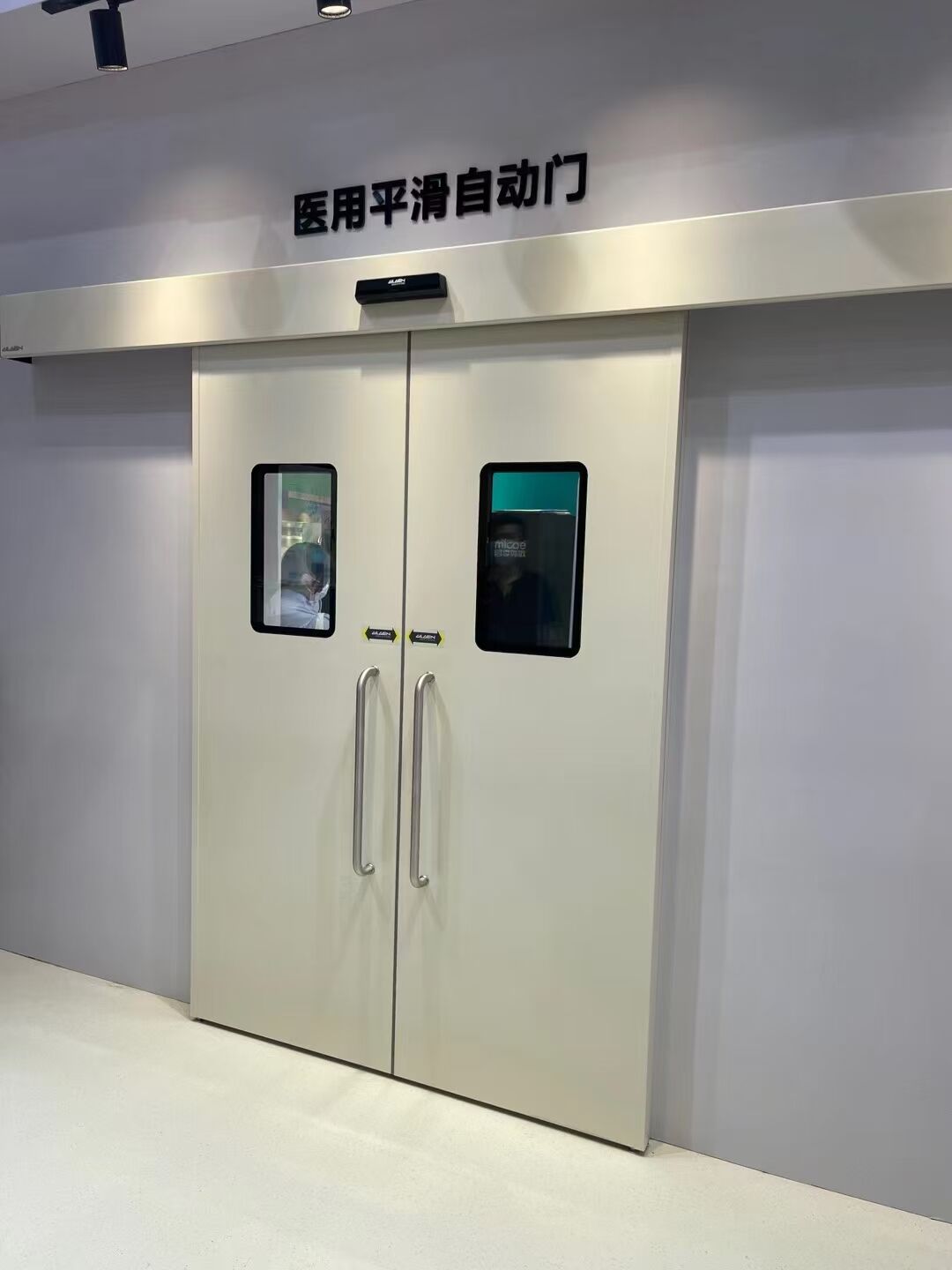
Given that people are often concerned about security in a world that is very concerned about rapid development, almost all individuals want to be sure that the places where their assets, information, or dangerous materials are kept are as secure as possible. Those places which are called high-security facilities and which include government edifices, data centers, and industrial plants, necessitate strong security systems to prevent unauthorized access and to protect their contents from external threats. The role of a protective door in a security system can be taken to be the one that is the most important to make sure that the security system will work without a flaw.
These doors are made with a mind to be not just simple barriers, they are expected to ensure safety, both for the belongings inside and for the people who are around. The doors can withstand the damage of a stranger trying to break in, the attack of the elements of nature as well as give protection to the people from the heat, the noise or the fire. Such materials are wrought from a variety to fulfill different protection specs. The most typical places where protective doors are required are commercial, industrial, or residential environments. Being the first shield against burglaries, fire, and natural disasters is the reason why protective doors are put there.
A protective door in high-security facilities is not simply a decorative item—it is the very foundation of safety in those places. Take, for instance, data centers that need doors that are not only safe to keep intruders at bay but can also effectively shield electronic devices from damage and lower the fire and water hazards. It is not enough for these doors to be fire-resistant or water-tight; they should also be equipped with modern technical solutions and comply with strict health and safety standards applicable in the industry. These solutions may include biometric scanners among many other methods, the control panel necessary for electronic access and the strictness of regulatory after all, all the personnel might not be there due to the requirement of allowing only particular personnel.
The fire-resistant properties of protective doors are one of the most crucial applications in high-security settings. Fire-resistant protective doors are necessary in protecting people and the building by confining the fire from continuing and giving people more time to evacuate in the event of an emergency. These doors are fire resistant for a certain time due to the fire-resistant cores which are usually made of mineral core boards, that can endure the heat of 1,000°F (538°C) and more according to the rating of the door.
Fire-resistant doors are mostly mandatory for infrastructure units such as server rooms, where even a small fire can sometimes lead to data loss and long downtimes. In these areas, the doors also function as a shield blocking smoke and flames that might spread rapidly thus they both protect the equipment and reduce the potential loss.
With the industrial settings, protective doors are the best way to create a safe working environment and protect the machinery and workers. The majority of heavy-duty protective doors are combatively made of high-strength composite materials or reinforced steel as these can stand impacts and difficult weather conditions. A case in point is the chemical plants or factories that, with dangerous operations, need doors to be resistant to chemicals, explosions, and high-pressure environments to ensure workers are safe inside the premises.
Doors in these industries also need to be resistant to weather conditions, meaning they have to be airtight in order to prevent the penetration of the dust, water, and harmful gases to the inside. These doors are not only important in the safety of the employees but also are responsible for the compliance with the health and safety regulations. It is important to both regularly inspect and maintain these doors to make sure that they do not underperform along the time.
Although it is quite common to find protective doors in commercial and industrial settings, they are also very vital in residential security. Homeowners living in places where there is a high incidence of crime and/or harsh weather conditions can safeguard their property by the use of protective doors. Steel protective doors are a great choice for homeowners wanting to fortify their security. They are efficient in the case of security breaches, forced entry, and can also shield against natural calamities like hurricanes and tornadoes.
Homeowners who want decorative finishes, reinforced locking systems, and weatherproof coatings in their protective doors for homes are provided with a range of customization options available today. These doors offer the homeowner not only the security but also the aesthetic side, and they can still maintain a hospitable entrance without compromising the safety of the home. Furthermore, protective doors reduce the noise that enters the home and protect it from temperature changes, thus being energy-efficient.
Another aspect of protective doors, which is equally important, is their use in fire safety which is in the area of exit routes and emergency exits more specifically. In buildings and public places, it is the fire-rated exit doors that play a major role in the safety of the evacuation process during a fire caused emergency.
The purpose of these doors is to control the spread of fire and smoke and also to assure that people are out of the building in the least amount of time possible. The available panic hardware in the exit doors allows them to be unlocked under a high-stress state and this makes the task of opening them much easier. The fire-rated protective door is a significant part of the building's fire safety plan and quite often it is mandatory to have one according to local fire codes. The function of such a door, in the case of a fire, is to give people who want to escape, a safe exit and a passage that is unhindered by fire or smoke.
The focus taken by protective doors has moved on from being just about being the physical barrier to one that includes high technology. I am very excited at the pace at which smart protective doors are being installed, particularly in places where security is a top priority. By doing this, the doors can have access control systems, biometric readers, and security alarms connected to each other, thus giving the user added protection.
Speaking of restricted entry, the installation inside doors of the biometry solution, which can be further divided into fingerprint scanning and retina recognition, applies to door security. Only those people who are authorized through identity verification can enter secure areas. In this connection, information from these doors can also be processed through security management systems thus enabling the managers concerned to get live data of the entire event including warnings in case of failures or entry trials, so the situation can quickly be fixed.
There will inevitably be a linking process between the arise of technology and the strengthening of security of a place. The features of protective doors in the future most likely will be built around the use of materials that have the property of self-healing, which will enable them to repair themselves when they get scratched or dented, AI devices that are empowered with advanced technology watching over the surveillance, and the environment will also benefit from the use of recycled renewable sources materials that will be considered as the smart and green option in the form of protective doors. The need for more durable security in various fields continues to grow with some industries and householders realizing the value of these doors, thus the supply of these doors would be increased with the manufacturers driven by the need to come up with new inventions and improvements.
Irrespective of whom they belong to, whether high-security facilities, residential homes, or industrial plants, protective doors ensure that assets, people as well as property remain safe. These doors have combined the features of power, fire protection, and smart technology, thus, they have been able to meet the new requirements in security and materials and have become a significant part of the modern safety infrastructure.

Copyright © Liaocheng Fuxunlai Trading Co., Ltd - Privacy policy